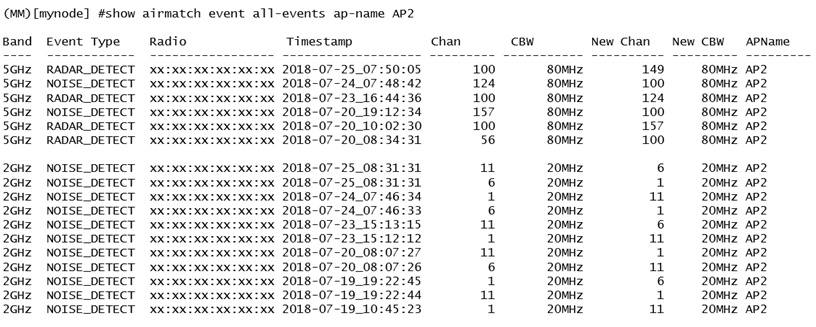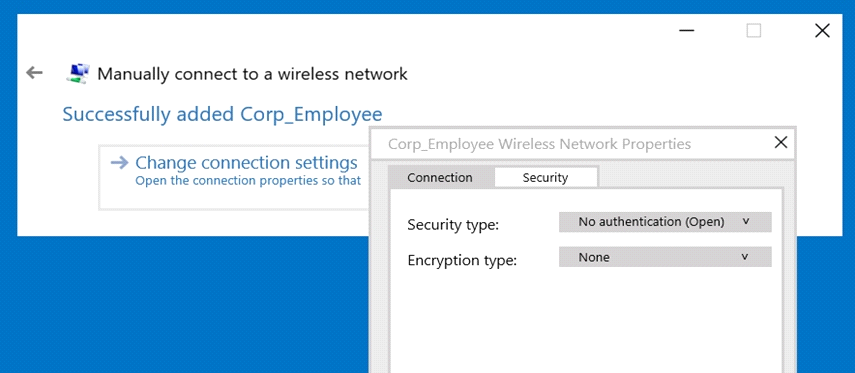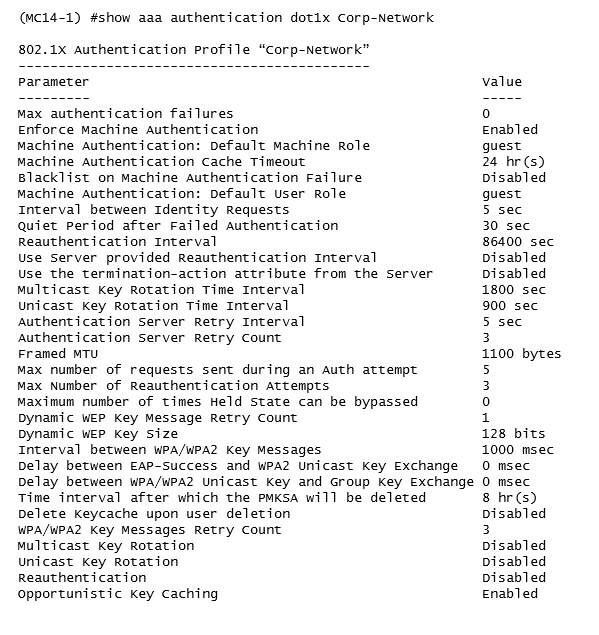At ValidExamDumps, we consistently monitor updates to the HPE6-A79 exam questions by HP. Whenever our team identifies changes in the exam questions,exam objectives, exam focus areas or in exam requirements, We immediately update our exam questions for both PDF and online practice exams. This commitment ensures our customers always have access to the most current and accurate questions. By preparing with these actual questions, our customers can successfully pass the HP Aruba Certified Mobility Expert Written Exam exam on their first attempt without needing additional materials or study guides.
Other certification materials providers often include outdated or removed questions by HP in their HPE6-A79 exam. These outdated questions lead to customers failing their HP Aruba Certified Mobility Expert Written Exam exam. In contrast, we ensure our questions bank includes only precise and up-to-date questions, guaranteeing their presence in your actual exam. Our main priority is your success in the HPE6-A79 exam, not profiting from selling obsolete exam questions in PDF or Online Practice Test.
Refer to the exhibit.

A network administrator deploys a Mobility Master (MM) - Mobility Controller (MC) network with Aps in different locations. Users in one of the locations report that the WiFi network works fine for several hours, and then they are suddenly disconnected. This symptom may happen at any time, up to three times every day, and lasts no more than two minutes.
After some research, the network administrator logs into the MM and reviews the output shown in the exhibit.
Based on this information, what is the most likely reason users get disconnected?
A network administrator wants to permit explicit SSH, FTP and HHTP(s) access to servers in the 10.100.20.5 to 10.100.20.31 range, all devices in 10.100.21.0/24 network, and a host with IP address 10.100.22.70. The services must work properly at all times.
Which configuration scripts accomplish this task with the fewer number of lines, while avoiding access to other devices not included in these ranges? (Choose two.)

Refer to the exhibit.

A network administrator wants to configure an 802.1x supplicant for a wireless network that includes the following:
* AES encryption
* EAP-MSCHAP v2-based user and machine authentication
* Validation of server certificate in Microsoft Windows 10
The network administrator creates a WLAN profile and selects the change connection settings option. Then the network administrator changes the security type to Microsoft: Protected EAP (PEAP), and enables user and machine authentication under Additional Settings.
What must the network administrator do next to accomplish the task?
An Aruba Mobility Master (MM) - Mobility Controller (MC) solution is connected to a wired network that is ready to prioritize DSCP marked traffic. A group of WMM-enabled clients sends traffic marked at L2 only.
What must the network administrator do to map those markings to DSCP equivalent values when traffic is received by the APs?
Refer to the exhibit.

The network administrator must ensure that the configuration will force users to authenticate periodically every eight hours. Which configuration is required to effect this change?